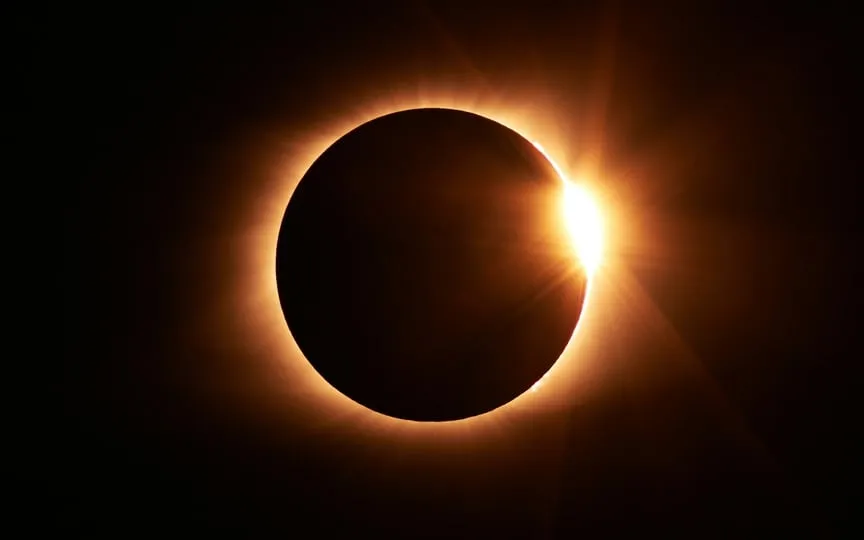NASA announces coverage for April 8 total solar eclipse event; Safety tips, online viewing options, and more available
NASA has announced that on April 8, a solar eclipse will be visible in most of North America, with the extent of visibility depending on location. Those within the path of totality, which stretches from Texas to Maine, will experience a total eclipse, while those outside this area will see a partial eclipse. To involve the public in this event, NASA is hosting in-person events and providing online streaming options for people to experience NASA science.
Total solar eclipse 2024
During the three hours of coverage, viewers can expect live footage of the solar eclipse from several North American locations, insights from NASA experts, interaction with astronauts on the International Space Station and a peek at NASA’s eclipse-related science experiments. There will also be a nationwide viewing party with a live broadcast from NASA’s Glenn Research Center in Ohio, the only NASA center in the path of totality.
For those who want a commentary-free experience, NASA plans to stream telescope-only footage of the eclipse on NASA Television’s media channel and YouTube starting at 1 p.m. EDT. The telescopic feed showcases views from various locations, including Cleveland, Dallas, Niagara Falls and Mazatlán, Mexico.
Safety tips
To emphasize safety, NASA warns against viewing the eclipse through unprotected lenses, as it can cause serious eye damage. They emphasize the use of specialized sun filters, such as safety sunglasses that meet the international ISO 12312-2 standard. Ordinary sunglasses do not provide enough protection.
For those without eclipse glasses or handheld solar viewers, NASA suggests indirect viewing methods such as a pinhole projector. This device projects an image of the Sun onto a nearby surface, allowing safe observation without direct exposure to the sun’s rays.
When to watch online?
NASA will begin its live coverage of the eclipse at 1 p.m. EDT on various platforms, including NASA+, NASA TV and the agency’s website. The broadcast includes live views of the eclipse, perspectives from the space station, and insights from NASA experts.




